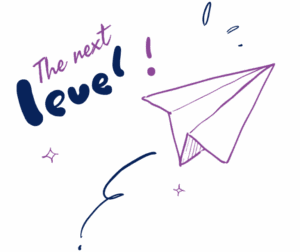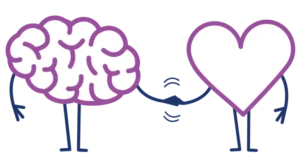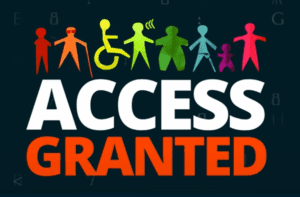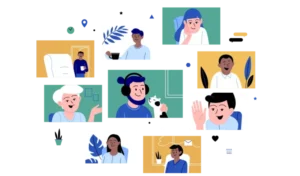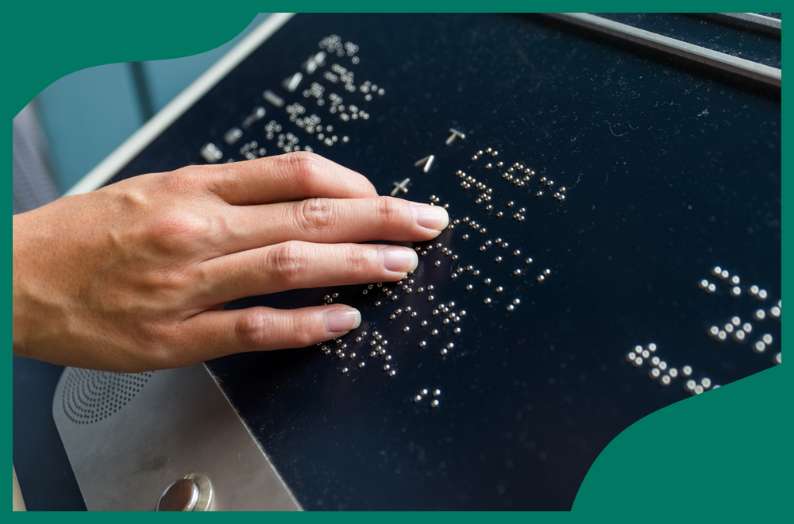When we think about how we move through the world—navigating buildings, learning new information, or picking out a toy for a child—our first instinct is usually visual. But for people who are blind or have low vision, tactile exploration plays a much bigger role. It becomes an essential way of accessing the world.
Whether it’s feeling a Braille label, exploring a raised map, or engaging with a textured board book, tactile learning opens up critical pathways for independence, orientation, and confidence. In this article, we’ll take a closer look at how tactile tools are used every day.
Tactile Maps: When Are They Useful for Non-Visual Navigation?
Tactile maps are raised representations of physical spaces like schools, airports, offices, or shopping centers. They can be useful for understanding layout and orientation, especially in large or complex environments.
However, tactile maps aren’t a one-size-fits-all solution. Some people find them extremely helpful for understanding spatial relationships or for learning how streets and intersections work. Others may struggle to use them effectively, especially in wide, open areas where it’s hard to match the map to real-world cues.
That’s why tactile maps work best when paired with other tools, like well-labeled environments, helpful staff, and accessible signage. When done right, they can enhance spatial awareness—but they shouldn’t be the only method of access.
For many people who are blind or low vision, touch helps them see the world. That’s why tools like tactile maps, signs, and labels matter—especially when paired with other accessible elements.
Tactile Toys and Books for Blind Children
For children who are blind or have low vision, tactile learning starts early. Many toys are designed to encourage touch and can play an important role in their development.
Tactile board books with Braille, different textures, and interactive elements help young children build language, comprehension, and fine motor skills. Toys that crinkle, click, or respond to touch provide sensory input that supports cognitive development.
Even books made for sighted children can be adapted with finger puppets, matching plush toys, or custom labels to create a more immersive, multi-sensory experience. With a bit of creativity, it is possible to make learning tangible.
Some families take it even further—selecting furniture, tools, or everyday items that provide tactile feedback without even trying. Think silicone baking mats, raised measuring cups, or toys with built-in texture and sound. These details can make everyday life more intuitive and accessible.
Learning Braille Is a Valuable Tool for People With Vision Loss
For adults experiencing sight loss, especially gradual or fluctuating loss, learning tactile Braille can significantly improve quality of life. While screen readers and magnification tools help many people stay connected, they don’t work for everyone, and that’s okay. There are other options.
Some individuals struggle with auditory processing or simply find reading by touch more intuitive. If that sounds like you, tactile Braille could help you read, take notes, and communicate more easily.
There are affordable ways to get started, including:
- Free Braille courses through organizations like Hadley
- Print-Braille books from public libraries
- Using a slate and stylus to create your own Braille labels
- Practicing with Braille screen input keyboards on smartphones
- YouTube tutorials and NLS (National Library Service) audio books that support Braille learners
As with anything new, there is a learning curve, but we are confident that with determination and consistent practice, you can learn Braille.
Why Tactile Access Matters in an Inclusive World
Not every tactile tool works for every person. Some people love tactile maps. Others rely more on orientation and asking for directions. Some children thrive with complex sensory toys that light up, make sounds, or respond to touch. Others may prefer simpler tactile experiences, like soft materials or varied textures.
Ultimately, having a range of tactile options empowers people to choose what works best for them.
Tactile exploration isn’t a fallback or a backup plan—it’s a vital part of accessibility for people who are blind or have low vision, and it deserves thoughtful investment and widespread availability.
Making Spaces More Accessible
Creating inclusive environments means thinking beyond the experiences and needs of sighted people. Whether it’s adding tactile signage in a building, offering Braille books in classrooms, or designing toys that encourage touch, every effort counts. When we prioritize tactile access, we’re not just improving tools, we’re enhancing people’s lives. To learn more about inclusive design and accessibility solutions, click here to follow along on our blog.

